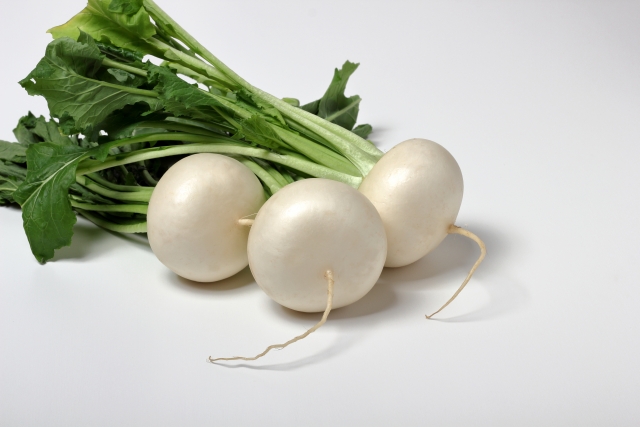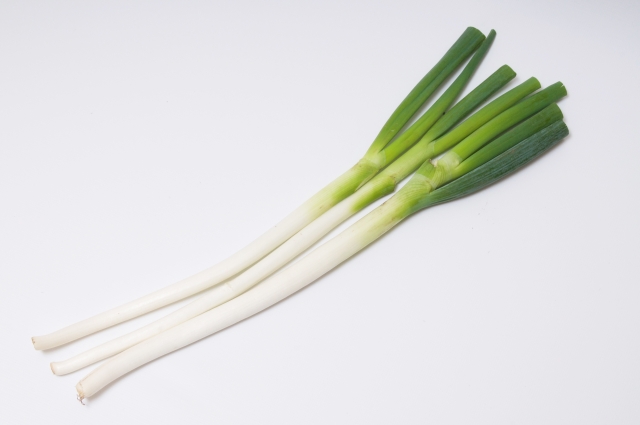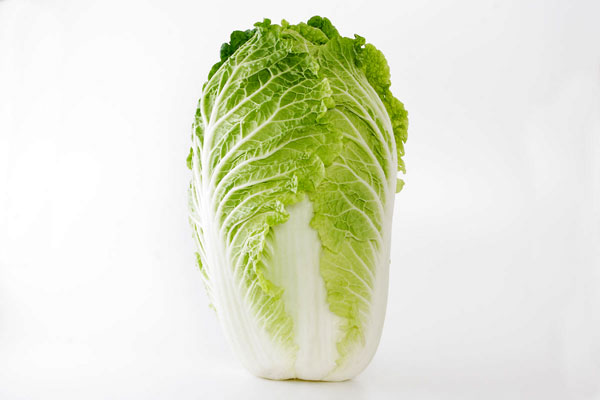
About foods and their nutrition that will be in season around November
There are seasonal foods in every season, spring, summer, autumn and winter.
Seasonal foods not only contain the nutrients needed for the season, but can also protect the body from the diseases that will prevail in the coming season. Of course, in November, there are delicious seasonal ingredients that are full of nutrition. I want to eat all of them when considering my health in December and January.
This time, we will introduce major foods that are easy to buy all over Japan, even among the foods that are in season in November. Please take it in from today's supper. Health comes from a delicious and nutritious diet!
November is a delicious month for vegetables! 3 Recommended Vegetables
There are various ingredients that are in season in November. Above all, November is the season when vegetables are abundant. Some vegetables are in season in summer and spring, but root vegetables are often harvested where they are storing nutrients for winter, so they are often in season this season. .. Also, in this season when the temperature is getting colder, people tend to suffer from chills and poor blood circulation. It is well-made in the world, and it is characterized by the fact that in winter, foodstuffs with a lot of nutrition that improve winter disorders come into season.
From the ingredients you want to eat in winter, we have selected about three, considering the ease of purchase, price, and ease of use for cooking. Let's take up the typical "Turnip", "Leek" and "Chinese cabbage" among the ingredients that will be in season in November, and see how to choose the nutrition and ingredients that make you happy in winter.
Nutrition and selection of turnips
Turnip is one of the typical winter ingredients. In addition to being used as preserved foods such as pickles, it was also used as a vegetable for livestock in winter in ancient times. It has abundant nutrition in both the white and round parts and the leaves, and it is one of the ingredients that you should include in your diet to survive the winter in a healthy way.
The turnip season is from November to January, when the cold is severe. Also, the interesting thing about turnips is that there is another season from March to May in spring. Turnip, which has abundant nutrition in the white part and the leaf part, is delicious once and twice in season, and is a vegetable that is delicious twice in season. I'm glad that the places that can be easily purchased at supermarkets all over Japan are easy to use on the table. Isn't it one of the familiar vegetables?
Turnips in winter are characterized by their strong sweetness. Spring turnips and winter turnips, even the same vegetables, have slightly different flavors when used in cooking. When choosing at the store, choose one that is fresh and has a taut skin, and the leaves are not soft.
There are three typical nutrients you need to know to use turnips on your table.
One is "amylase," which helps the gastrointestinal function. It is also effective for heartburn, and it is a good nutrition for this season when there are many opportunities to eat greasy food at drinking parties toward the end of the year. The second is "glucosinolate". Prevents blood clots and enhances liver detoxification. This is also a nice nutrition for drinking parties. The third typical nutrition is "dietary fiber". Dietary fiber is a well-known nutrient that suppresses cholesterol and prevents constipation.
The leaves of turnips contain beta-carotene, vitamins and calcium. It is recommended to eat the leaves as a set.
Nutrition and selection of naganegi

"Naganegi", which can be said to be the king of condiments throughout the year, is also a seasonal ingredient in November. Welsh onion is also a familiar vegetable that can be obtained anywhere in the country. In winter, you will have more opportunities to eat Nabeyaki udon and Nabeyaki. It is an easy-to-use ingredient for hot dishes, so I think it will increase the chances of using it naturally. As it is rich in nutrition, why not try to be more mindful than the amount you always put in. On the day "I'm going to eat plenty of green onions today", choose a bright green and white one that is not soft overall.
There are also three typical nutritions that you should know.

The first is "allyl sulfide". Allyl sulfide has a fatigue recovery effect and a blood circulation promoting effect. It is a nutrition that gently warms the body and promotes recovery when it is cold and the body is exhausted. It goes well with vitamin B1, so it is recommended to take it with meat. For sukiyaki, I think it's good to enjoy the collaboration of green onions and meat.
The second nutrition is "vitamin C". Vitamin C is a nutrient that prevents cell aging, and its anti-aging effect is attracting attention. It is also said to be effective in preventing colds, so it is a nutrition that you should take to protect your body in November.
The third is "Negiol". Welsh onion contained in long onion ... It's a nutrition with a name that is easy to remember. Negiol is said to have a bactericidal effect. It has the effect of repelling the bacteria that work badly in the body. It can be expected to be effective against Helicobacter pylori, which is prevalent in winter. There is a story about wrapping green onions around your neck if you catch a cold. It seems that you can feel the effect more by eating than by rolling.
Nutrition and selection of Chinese cabbage
The last one I would like to introduce is Chinese cabbage. Chinese cabbage is a standard vegetable in pots. It will be a seasonal vegetable in November, which is a cold month when the pot becomes delicious. Chinese cabbage is also a familiar vegetable that can be obtained anywhere in the country. I think there are many people who say, "Winter pots must have Chinese cabbage!"
"Everyday hot pot", where Chinese cabbage and pork are served with ponzu, is a synonymous dish that is "delicious enough to eat every night." It might be a good idea to try seasonal Chinese cabbage to see how delicious it is.
It is recommended to choose Chinese cabbage that is not soft and whose leaves do not turn brown or yellow. As with the other two vegetables, there are three nutrients you need to know in order to utilize such Chinese cabbage on your table.
One of the nutrients is "potassium". Potassium is a nutrient that helps eliminate excess salt and kidney waste. Things that make you want to eat salty foods when it's cold. It is a nutrition that you want to take in winter. The second is "isothiocine art". This nutrition works to prevent arteriosclerosis. The third is "vitamin C". This is a nutrition that can be expected to have an anti-aging effect, which was introduced in Naganegi.
In addition to this, Chinese cabbage also contains dietary fiber.
Chinese cabbage is a vegetable that is especially recommended for women, as it is used for extracorporeal excretion, anti-aging, and constipation prevention.

Finally
We talked about how to choose "Turnip", "Leek" and "Chinese cabbage", which will be in season in November, and nutrition. Turnips, green onions, and Chinese cabbage are all white and green, so you may get the impression that they are light-colored. However, from a nutritional point of view, it is a really bright vegetable, contrary to its appearance.
Every vegetable is packed with good nutrition for the body in winter. Because it is in season, it is rich in nutrition and has an excellent taste. In terms of health, I would like to actively incorporate it into my diet.



